
South Bank: London's Riverside Cultural Oasis
Experience the vibrant cultural heart of London at South Bank, where history, art, and culinary delights converge along the picturesque River Thames.
South Bank, nestled along the River Thames, is a vibrant cultural and artistic hub in the heart of London. This lively neighborhood is known for its rich history, stunning architecture, and a plethora of attractions that cater to all tastes. A stroll along the riverfront offers breathtaking views of iconic landmarks such as the Houses of Parliament, Big Ben, and the London Eye, making it a perfect spot for photography enthusiasts. As you wander through South Bank, you'll discover a treasure trove of cultural experiences. The area is home to world-renowned institutions like the National Theatre, the Southbank Centre, and the BFI Southbank, where you can catch performances ranging from cutting-edge theatre to classic cinema. For art lovers, the Hayward Gallery showcases contemporary art exhibitions that are both thought-provoking and visually stunning. Foodies will delight in the diverse culinary offerings available in South Bank. From charming riverside cafes and gourmet food markets to upscale dining at the OXO Tower Restaurant, there's something to satisfy every palate. Don't miss the Southbank Centre Food Market, where you can sample delicious street food from around the world. South Bank is also a haven for families, with attractions like the SEA LIFE London Aquarium and the interactive exhibits at the London Dungeon providing endless entertainment for children and adults alike. The neighborhood's open spaces, such as Jubilee Gardens and Bernie Spain Gardens, offer a peaceful retreat for picnics and leisurely walks. Whether you're a culture vulture, a foodie, or just looking for a scenic spot to unwind, South Bank has something to offer everyone. Its unique blend of history, culture, and modern attractions makes it a must-visit destination in London.
Local tips in South Bank
- Visit the Southbank Centre Food Market on weekends for a vibrant street food experience.
- Book theatre tickets in advance, especially for popular shows at the National Theatre.
- Take a ride on the London Eye at dusk for spectacular views of the city skyline.
- Explore the area on foot or rent a bike to fully appreciate the scenic riverside paths.
- Check the Southbank Centre's event calendar for free outdoor concerts and festivals.
South Bank: London's Riverside Cultural Oasis
South Bank, nestled along the River Thames, is a vibrant cultural and artistic hub in the heart of London. This lively neighborhood is known for its rich history, stunning architecture, and a plethora of attractions that cater to all tastes. A stroll along the riverfront offers breathtaking views of iconic landmarks such as the Houses of Parliament, Big Ben, and the London Eye, making it a perfect spot for photography enthusiasts. As you wander through South Bank, you'll discover a treasure trove of cultural experiences. The area is home to world-renowned institutions like the National Theatre, the Southbank Centre, and the BFI Southbank, where you can catch performances ranging from cutting-edge theatre to classic cinema. For art lovers, the Hayward Gallery showcases contemporary art exhibitions that are both thought-provoking and visually stunning. Foodies will delight in the diverse culinary offerings available in South Bank. From charming riverside cafes and gourmet food markets to upscale dining at the OXO Tower Restaurant, there's something to satisfy every palate. Don't miss the Southbank Centre Food Market, where you can sample delicious street food from around the world. South Bank is also a haven for families, with attractions like the SEA LIFE London Aquarium and the interactive exhibits at the London Dungeon providing endless entertainment for children and adults alike. The neighborhood's open spaces, such as Jubilee Gardens and Bernie Spain Gardens, offer a peaceful retreat for picnics and leisurely walks. Whether you're a culture vulture, a foodie, or just looking for a scenic spot to unwind, South Bank has something to offer everyone. Its unique blend of history, culture, and modern attractions makes it a must-visit destination in London.
Iconic landmarks you can’t miss
Southbank Centre
Discover the Southbank Centre, London's premier arts venue, offering concerts, exhibitions, and vibrant riverside experiences for all visitors.
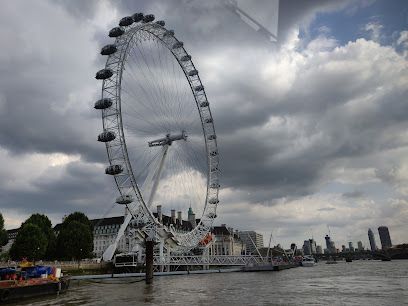
County Hall
Discover the historical significance and architectural beauty of County Hall, a key landmark along London's iconic River Thames.
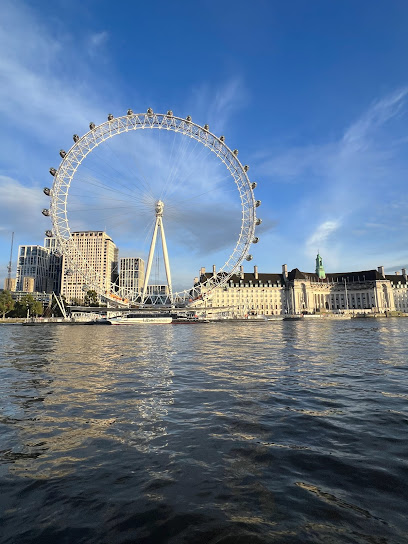
The Queen’s Walk
Discover the beauty of London along The Queen's Walk, a scenic riverside path teeming with attractions, stunning views, and vibrant street performances.

South Bank Lion
Discover the South Bank Lion, an iconic historical landmark of London, symbolizing strength and courage along the scenic River Thames.

Observation Point
Experience stunning views of London's iconic skyline from Observation Point, a must-visit scenic and cultural gem in the heart of the city.
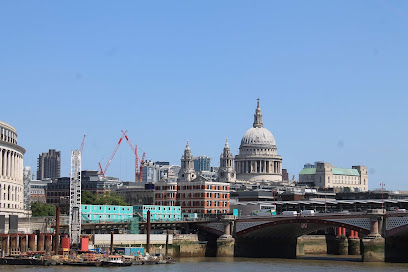
Southbank Boardwalk
Experience the beauty and vibrancy of London's Southbank Boardwalk, where nature meets culture along the iconic River Thames.
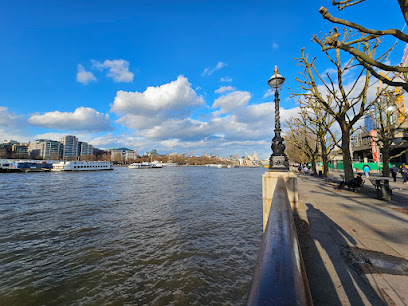
Memorial wall
Explore the Memorial Wall in London, a poignant tribute honoring sacrifices made in conflict, surrounded by stories of resilience and remembrance.

Southbank House
Discover the historical significance and architectural beauty of Southbank House, a key landmark along London's vibrant Southbank.
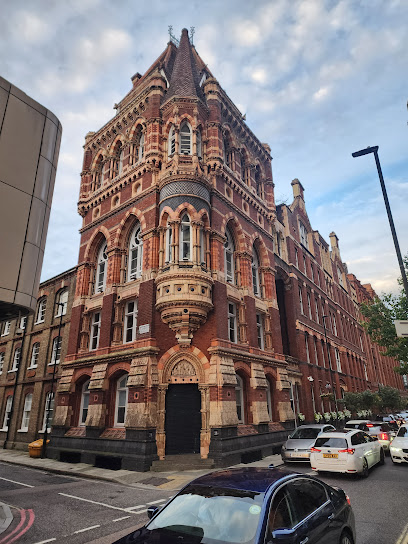
South of the River
Explore the dynamic sculptures of South of the River, where art meets urban charm along the beautiful River Thames in London.
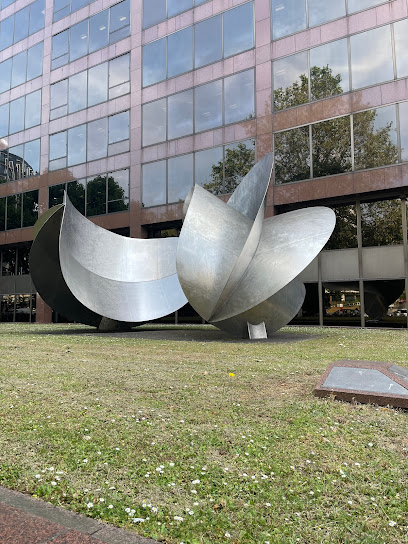
South Bank Community Area
Discover the vibrant historical essence of the South Bank Community Area, a cultural hub along the River Thames in London, filled with art and entertainment.
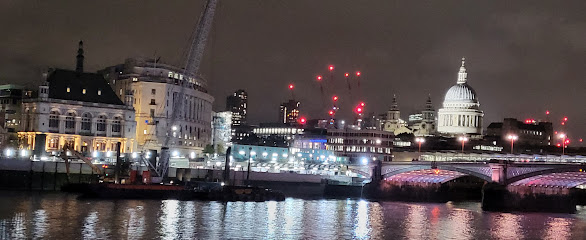
Unmissable attractions to see
SEA LIFE London Aquarium
Explore the enchanting underwater world at SEA LIFE London Aquarium, where captivating marine life awaits around every corner.

Shrek's Adventure London
Discover the enchanting world of Shrek's Adventure London, where interactive storytelling and beloved characters await every visitor.
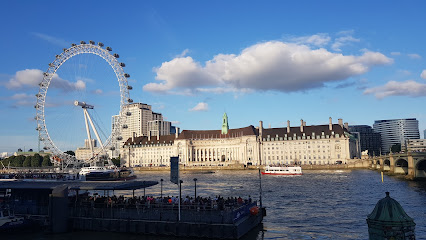
Jubilee Gardens
Discover the tranquility of Jubilee Gardens, a lush park in London offering stunning views, playground fun, and a perfect picnic spot for tourists.
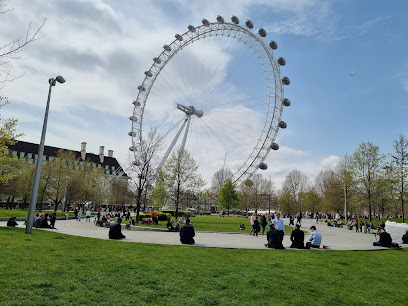
Garden Museum
Discover the beauty of horticulture at the Garden Museum, London’s unique destination for garden enthusiasts and culture lovers alike.
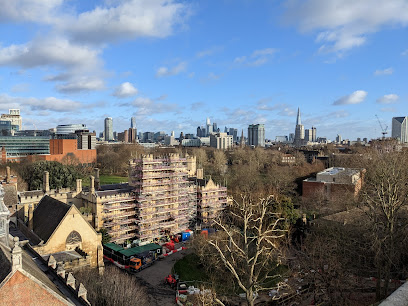
Thames Beach
Experience the tranquil beauty of Thames Beach, a picturesque escape along the River Thames in the heart of London, perfect for relaxation and sightseeing.
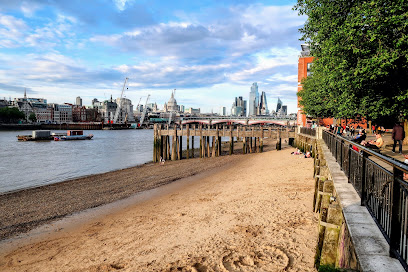
Observation Point
Discover the stunning skyline of London at Observation Point, a must-visit scenic spot for breathtaking views and unforgettable experiences.
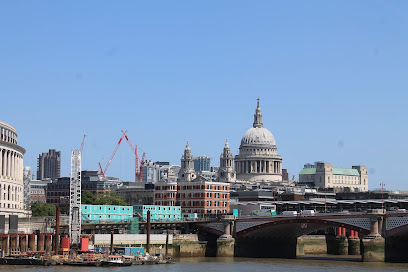
Essential places to dine
Wahaca Southbank
Experience authentic Mexican flavors at Wahaca Southbank – where vibrant cuisine meets stunning riverside views in London.
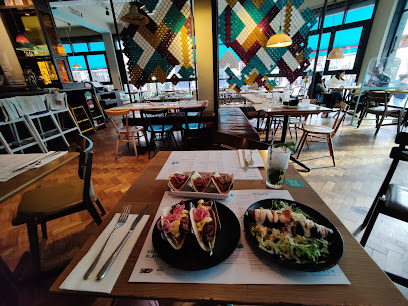
Strada Southbank
Experience authentic Italian flavors at Strada Southbank in London – where great food meets stunning riverside views.
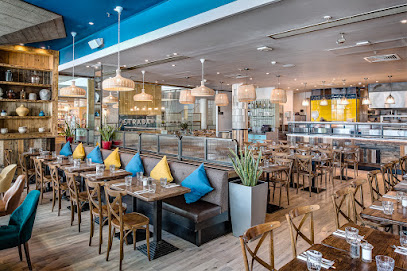
Ping Pong Southbank
Experience vibrant Asian fusion cuisine at Ping Pong Southbank—where delightful dim sum meets stunning riverside views in London.
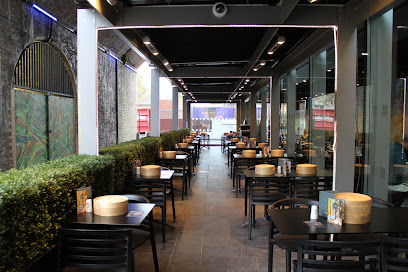
Troia Southbank
Experience authentic Mediterranean flavors at Troia Southbank - where Greek and Turkish cuisines come together in a vibrant London setting.

wagamama southbank
Discover Wagamama Southbank: where delicious Asian cuisine meets breathtaking riverside views in London's cultural heart.
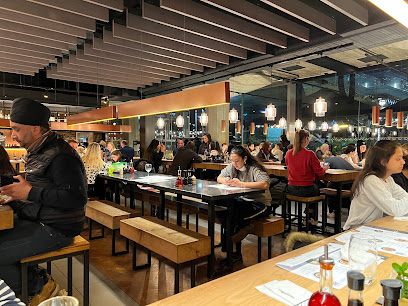
Brasserie Blanc - Southbank
Experience authentic French cuisine at Brasserie Blanc - Southbank, where delightful flavors meet stunning riverside views in London.
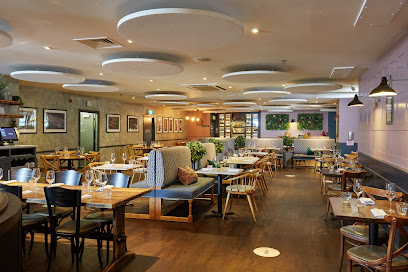
The Archduke
Experience premium steaks and fine wines at The Archduke, a top-notch restaurant near London's South Bank.
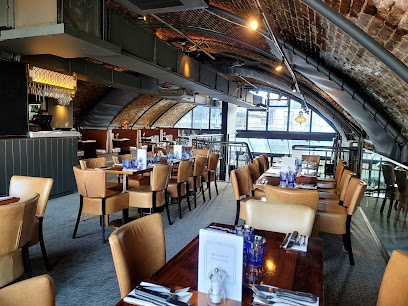
OKAN South Bank
Savor authentic Japanese flavors at OKAN South Bank in London – where culinary tradition meets modern dining.
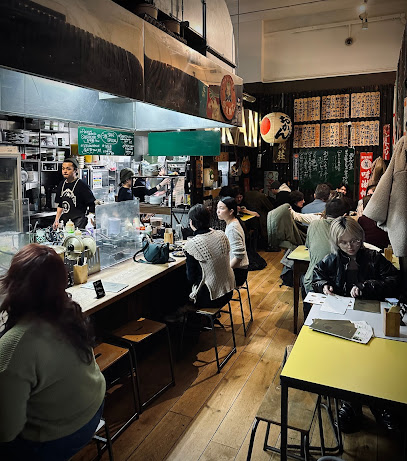
Sea Containers Restaurant
Discover exquisite modern British cuisine at Sea Containers Restaurant along the Thames River—an unforgettable dining experience in London.

Paradiso Burger & Cocktail Bar Southbank
Savor gourmet burgers and crafted cocktails at Paradiso Burger & Cocktail Bar on London's vibrant Southbank.
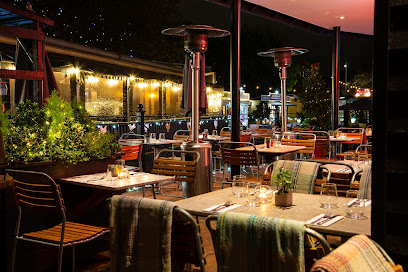
Markets, malls and hidden boutiques
SUCK UK Alternative Gifts (OXO Tower)
Explore the creative spirit of London at SUCK UK Alternative Gifts in the OXO Tower, where unique homewares and gifts await every visitor.
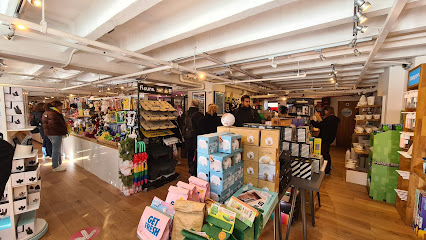
Bankside Arches Boutique
Explore Bankside Arches Boutique for unique gifts, aromatherapy supplies, and stunning jewelry in the heart of London's Blackfriars station.

Brand Academy Independent Gift Shop
Explore the Brand Academy Independent Gift Shop in London's Oxo Tower Wharf for unique gifts and souvenirs that celebrate local artistry.

Southbank Centre Shop, Mandela Walk
Discover unique homewares and gifts at the Southbank Centre Shop, a cultural gem along London's vibrant Southbank.
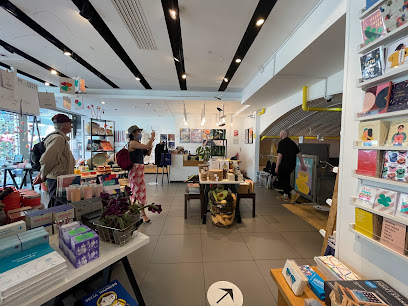
Gift Shop - London Eye Shop
Discover unique London souvenirs at the London Eye Shop, adjacent to the iconic London Eye, perfect for capturing your memories of this landmark.

The Giftree London
Discover unique souvenirs, trendy clothing, and essential travel accessories at The Giftree London, your one-stop shop for unforgettable finds.

Browns of London
Explore Browns of London for unique handcrafted gifts and local treasures in the heart of the city, perfect for memorable souvenirs from your travels.
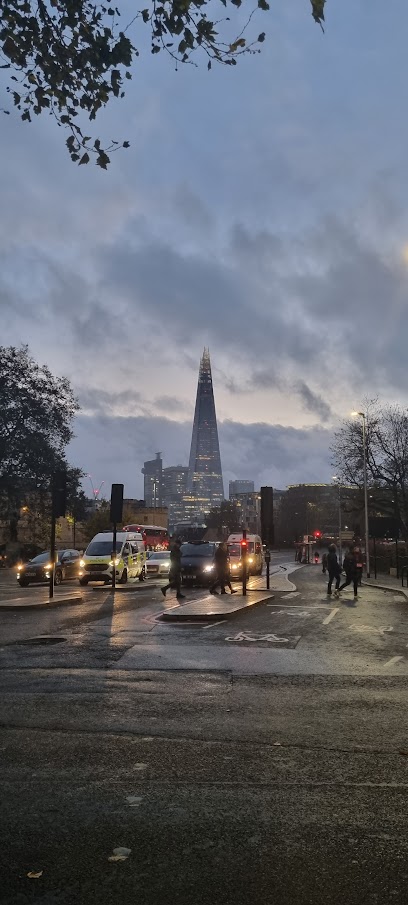
Custom Gifts By Jupiter
Discover unique gifts and personalized treasures at Custom Gifts By Jupiter in London, perfect for souvenirs and special occasions.
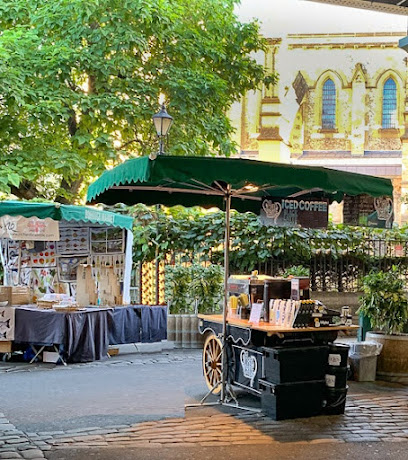
j-me original design ltd
Explore j-me original design ltd, a unique gift shop in London offering innovative and stylish products perfect for souvenirs and thoughtful presents.
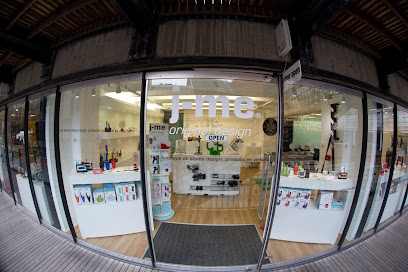
Sugar And Style
Explore Sugar And Style, a charming fashion accessories shop in London's Gabriel's Wharf, offering unique pieces to complement your style.
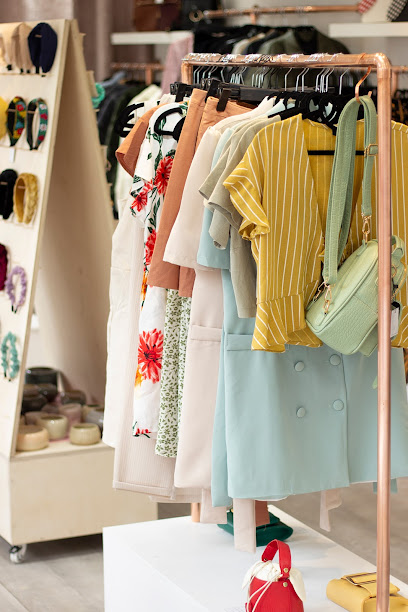
Essential bars & hidden hideouts
All Bar One Waterloo
Discover the vibrant atmosphere of All Bar One Waterloo, your go-to wine bar in London, offering an exquisite selection of wines and delicious food.
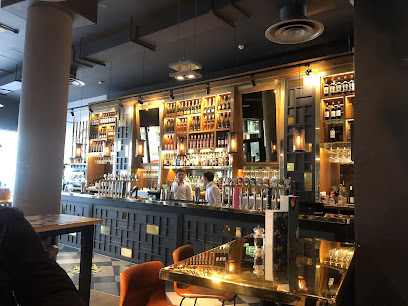
Doggett's Coat and Badge
Discover the charm of Doggett's Coat and Badge, a historic pub on London's South Bank offering delicious cuisine and stunning river views.
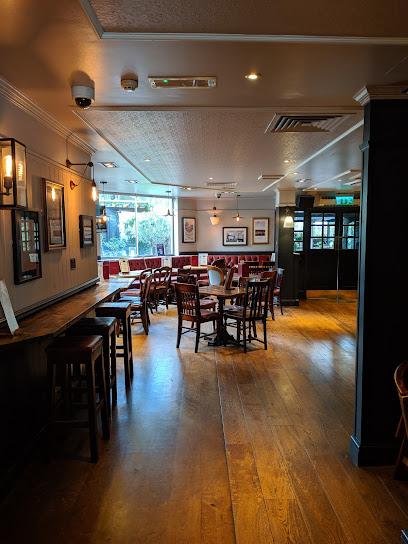
Slug & Lettuce - County Hall
Discover the lively Slug & Lettuce - County Hall, a cocktail bar and restaurant in London offering delicious food and handcrafted drinks in a vibrant atmosphere.
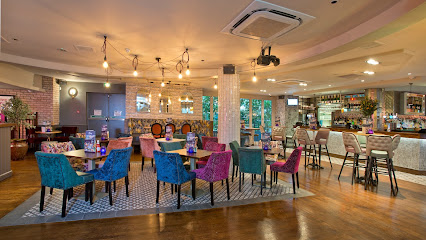
Lyaness
Experience the art of mixology at Lyaness, London's premier cocktail bar, where innovative drinks meet a relaxed, inviting atmosphere.
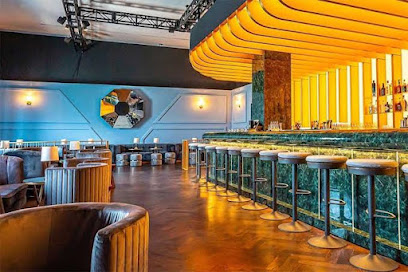
The Understudy
Experience the charm of The Understudy, a vibrant pub in London’s Southbank offering delicious British cuisine and a cozy atmosphere near the best theatres.
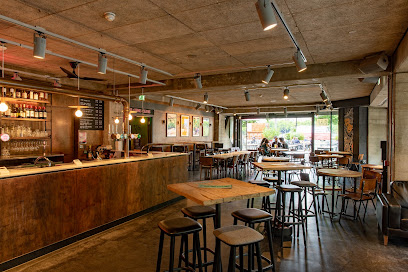
Primo Bar, London
Discover the stylish Primo Bar in London, a top destination for craft cocktails and a vibrant nightlife experience near iconic landmarks.
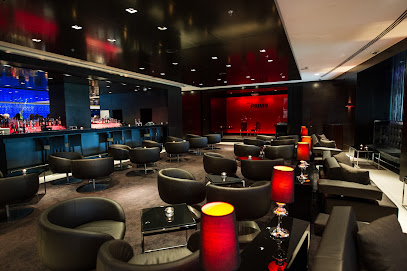
Southbank Centre, Members Bar
Discover refined wine experiences at the Southbank Centre Members Bar, a stylish retreat for wine lovers in London’s vibrant cultural scene.
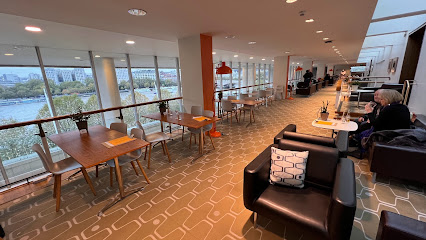
The Thirsty Farrier Cocktail Bar
Discover The Thirsty Farrier Cocktail Bar, a vibrant London hotspot offering unique cocktails and a cozy atmosphere for the perfect night out.

Le Champagne Bar
Discover the elegant ambiance and exquisite champagne selection at Le Champagne Bar, overlooking London's iconic Thames River.
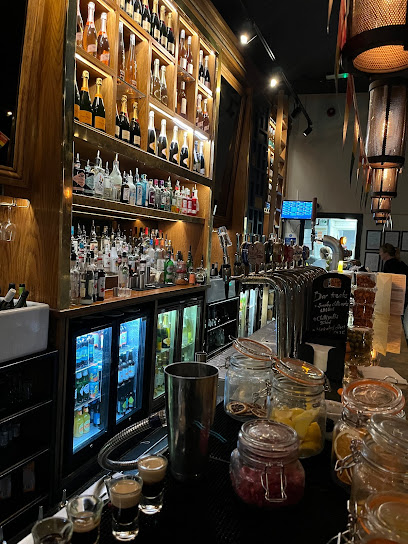
honestfolk Cocktail Bar (Southbank Centre Food Market)
Discover the vibrant atmosphere of Honestfolk Cocktail Bar at Southbank Centre Food Market, where expertly crafted cocktails meet the lively spirit of London.

Local Phrases
-
- HelloAlright
[al-right] - GoodbyeTa-ra
[ta-ra] - YesAye
[aye] - NoNah
[nah] - Please/You're welcomePlease/No worries
[please/no-wor-ries] - Thank youCheers
[cheers] - Excuse me/SorryScuse me/Sorry
[scuse-me/sor-ry] - How are you?Alright mate?
[al-right-mate] - Fine. And you?Sound. You?
[sound-you] - Do you speak English?Do you speak English?
[do-you-speak-english] - I don't understandI ain't got a Scooby
[i-aint-got-a-scoo-by]
- HelloAlright
-
- I'd like to see the menu, pleaseCan I see the menu, mate?
[can-i-see-the-menu-mate] - I don't eat meatI'm veggie
[im-veg-gie] - Cheers!Cheers!
[cheers] - I would like to pay, pleaseCan I pay, please?
[can-i-pay-please]
- I'd like to see the menu, pleaseCan I see the menu, mate?
-
- Help!Help!
[help] - Go away!Sod off!
[sod-off] - Call the Police!Ring the Old Bill!
[ring-the-old-bill] - Call a doctor!Get a doctor!
[get-a-doc-tor] - I'm lostI'm lost
[im-lost] - I'm illI'm poorly
[im-poor-ly]
- Help!Help!
-
- I'd like to buy...I'm after...
[im-after] - I'm just lookingI'm just browsing
[im-just-brows-ing] - How much is it?How much is that?
[how-much-is-that] - That's too expensiveThat's dear, that
[thats-dear-that] - Can you lower the price?Can you do it cheaper?
[can-you-do-it-cheap-er]
- I'd like to buy...I'm after...
-
- What time is it?What's the time?
[whats-the-time] - It's one o'clockIt's one o'clock
[its-one-oclock] - Half past (10)Half ten
[half-ten] - MorningMorning
[morning] - AfternoonAfternoon
[after-noon] - EveningEvening
[even-ing] - YesterdayYesterday
[yest-er-day] - TodayToday
[to-day] - TomorrowTomorrow
[to-mor-row] - 1One
[one] - 2Two
[two] - 3Three
[three] - 4Four
[four] - 5Five
[five] - 6Six
[six] - 7Seven
[seven] - 8Eight
[eight] - 9Nine
[nine] - 10Ten
[ten]
- What time is it?What's the time?
-
- Where's a/the...?Where's the...?
[wheres-the] - What's the address?What's the address?
[whats-the-address] - Can you show me (on the map)?Can you show me (on the map)?
[can-you-show-me-on-the-map] - When's the next (bus)?When's the next (bus)?
[whens-the-next-bus] - A ticket (to ....)A ticket (to ....)
[a-ticket-to]
- Where's a/the...?Where's the...?
History of South Bank
-
The area now known as South Bank has roots dating back to medieval times, primarily as a riverside zone outside the jurisdiction of the City of London. It began to develop in the 12th century, with the establishment of the first ferry services across the River Thames, facilitating trade and movement. The area's name reflects its location, being situated on the southern bank of the Thames.
-
The 19th century marked a significant transformation for South Bank, coinciding with the Industrial Revolution. The area became an epicenter of cultural development, notably with the establishment of the Royal Festival Hall in 1951, built as part of the Festival of Britain. This event aimed to boost morale and showcase Britain's recovery after World War II, laying the foundation for South Bank as a cultural hub.
-
In the 1960s, the South Bank Centre was conceived as a major arts complex, comprising the Royal Festival Hall, the National Theatre, and the Hayward Gallery. This initiative further cemented South Bank's status as a centre for the arts and culture, attracting millions of visitors each year and hosting a diverse range of performances, exhibitions, and events.
-
The late 20th and early 21st centuries witnessed extensive urban regeneration efforts in South Bank. The area underwent significant redevelopment, with the introduction of modern architecture and public spaces, including the iconic Millennium Bridge in 2000, which connects South Bank to St. Paul's Cathedral. This transformation has made South Bank a vibrant destination for tourists and locals alike.
-
Today, South Bank is recognized for its dynamic cultural scene, featuring a plethora of theatres, galleries, and festivals. Events like the London Literature Festival and the Meltdown Festival showcase the area's commitment to the arts. Additionally, the riverside walk offers stunning views of the Thames and iconic landmarks, making it a vital part of London's cultural and historical fabric.
South Bank Essentials
-
South Bank is easily accessible from various parts of London. The nearest Underground station is Waterloo (on the Jubilee, Bakerloo, and Northern lines), which connects you to other parts of the city. You can also reach South Bank by boarding a train to Waterloo Station, which services several national routes. Buses are another option, with numerous routes stopping near South Bank. For a scenic route, consider taking a riverboat service along the Thames, which provides a unique perspective of the city.
-
South Bank is pedestrian-friendly, making walking the best way to explore the area. You can also use the London Cycle Hire scheme to rent bicycles, with several docking stations located along the river. The area is well-served by buses and the Underground, and you can easily access attractions like the Tate Modern, the Globe Theatre, and the London Eye via public transport. Additionally, the Thames Clippers riverboat services operate regularly along the river.
-
South Bank is generally safe for tourists, but it is wise to exercise standard safety precautions. Avoid walking alone late at night, especially in less populated areas along the river. Be vigilant in crowded areas, particularly near popular attractions like the London Eye, where pickpocketing can occur. While crime rates are relatively low, areas around Waterloo Station may have higher incidents of anti-social behavior, so stay aware of your surroundings.
-
In case of an emergency, dial 999 for police, fire, or medical assistance. The nearest hospital is St Thomas' Hospital, located a short walk from South Bank. It is advisable to have travel insurance that covers medical emergencies. For minor health issues, there are pharmacies in the area where you can purchase over-the-counter medications.
-
Fashion: Do wear comfortable shoes for walking, as South Bank has lots of attractions to explore. Don’t wear overly casual attire if you plan to visit a theatre or fine dining establishment. Religion: Do respect the customs at religious sites like Southwark Cathedral. Always be quiet and respectful. Public Transport: Do have an Oyster Card or contactless payment ready for easy travel. Don’t block doors or aisles when using public transport. Greetings: Do greet with a smile and make eye contact; it’s generally friendly. Don’t interrupt conversations; wait for a pause before joining in. Eating & Drinking: Do try local street food vendors along the South Bank. Don’t consume alcohol in public spaces unless permitted.
-
To experience South Bank like a local, visit Borough Market, one of London's oldest and largest food markets, just a short walk away. Attend free events and festivals that often take place along the river, particularly in summer. Engage with the street performers and artists that bring the area to life. Try to catch a performance at the National Theatre or the Southbank Centre for a taste of local culture. For a quieter spot, head to Gabriel’s Wharf, which offers charming cafes and boutique shops away from the crowds.
Nearby Cities to South Bank
-
Things To Do in Windsor
-
Things To Do in Cambridge
-
Things To Do in Oxford
-
Things To Do in Stratford-upon-Avon
-
Things To Do in Bath
-
Things To Do in Birmingham
-
Things To Do in Bristol
-
Things To Do in Nottingham
-
Things To Do in Nieuwpoort
-
Things To Do in Ostend-Bruges International Airport
-
Things To Do in Cardiff
-
Things To Do in Ostend
-
Things To Do in De Haan
-
Things To Do in Ypres
-
Things To Do in Blankenberge













